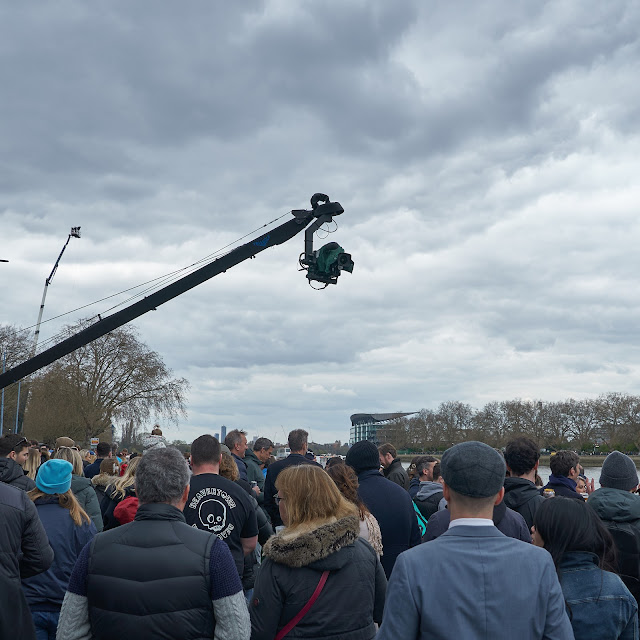My last art post was about the simply awful Hogarth exhibition at the Tate, which was just terrible, having no interest in art or Hogarth or historical accuracy. So it was some trepidation that I went over to the Queen's House in Greenwich to see the new National Maritime Museum exhibition on the Van de Veldes: Greenwich, Art and the Sea.
I need not have worried as the NMM have aced it with a fascinating exhibition that shows real knowledge and interest in art, history, the sea and sailing, with an amazing set of exhibits in a stunning building.
The Queen's House is an excellent location because that was where the Van de Veldes actually worked, with a studio in the basement. It is also a gorgeous building:
The Van de Veldes were the great Dutch artists that were lured to London with promises of £ 100 per year and went on to document some of the great naval battles between the English and the, er, Dutch, which is some what ironic really.
Indeed, one of the most amazing exhibits was a small drawing of the battle of Solebay in which King James II and Van de Veldes the elder draw their recollections of the positions at 2 pm - as both were present, but on different sides!
The star of the exhibition is the magnificent giant tapestry (top image) which shows the battle in amazing detail. You can see a video of it being hung here after its recent restoration - which is well worth a view, if only to get a sense of scale. It's huge - completely filling one wall all the way to the ceiling.
Van de Veldes the elder often worked in graphite which resists water, and so can be used, as he was wont to do, on the deck of a boat at sea, sometimes in the middle of the battle. The NMM has some of his sketches in its archive - the largest collection of Van de Veldes in the world.
The other benefit of using graphite was it could be used to make a mirror image copy, so template ships could be pasted into larger scenes, and then adjusted accordingly.
There was amazing attention to detail: all the rigging looked right. Ships, wind, sails, anchors, light - all were as they should be. Look at this one, and notice the ship heading into wind having transported the king to his flagship:


















































